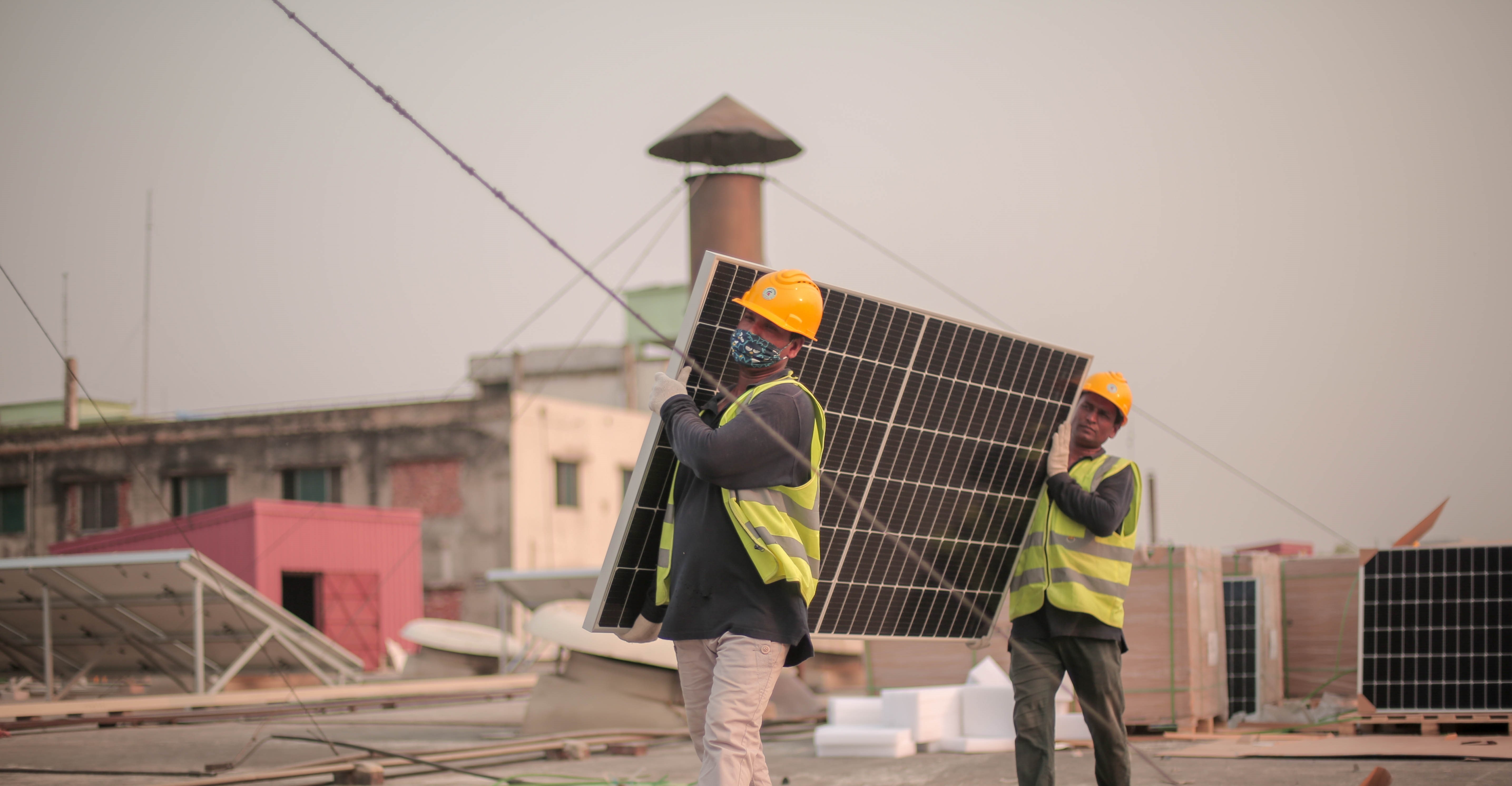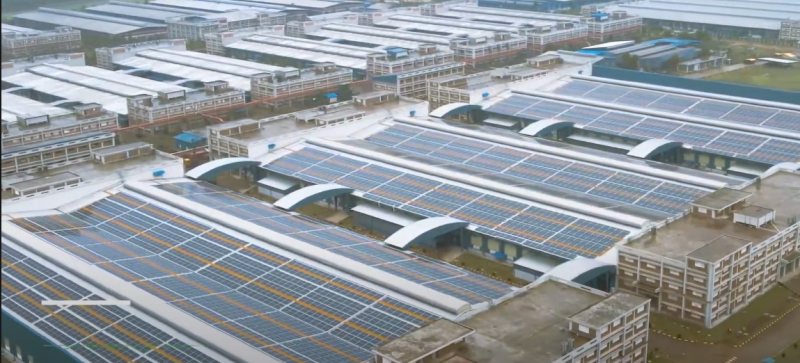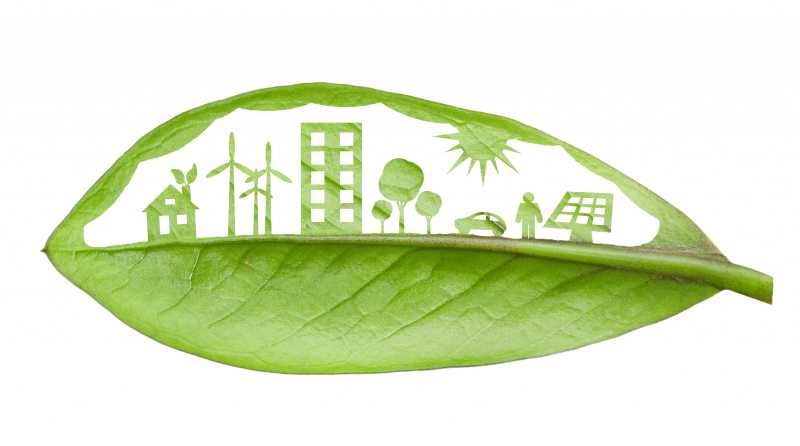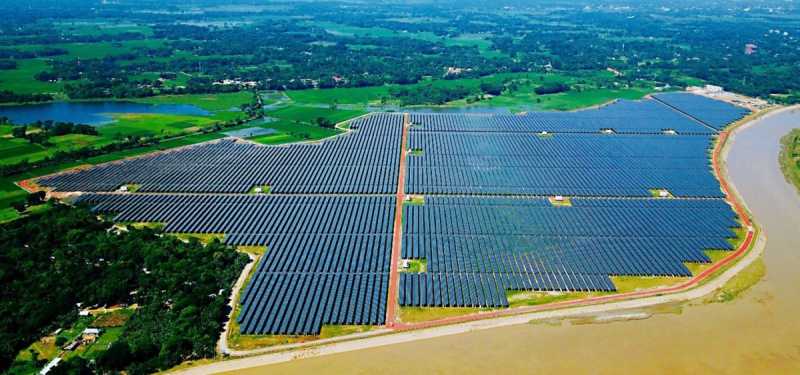Best Roof Condition for Solar Panels
Published at - September 11, 2021
6 min read
When we imagine solar panels, we visualize bluish panels, most probably on a sloped roof of a small building. We visualize this specific scenario because this is considered the ideal situation for installing solar panels. Yes, solar panels on sloped roofs may be most efficient, but not always this specific setting is vital. Often, in specific situations, ground-mounted solar panels work better than roof solar panels. Also, a straight roof is as good as a sloped roof, if you can customize it due to your need. In this article, we will discuss the best roof condition for solar panels installation.
What is the ideal roof for solar panels?
There are a lot of features of the roof which are suitable for solar panel installation. The material the roof is made of, the size of the roof and the usable space on the roof, the shape and direction of the roof determines the efficiency of the roof.

The Materials of the Roof:
The metal roof, specifically, a metal roof with standing seams, is the best candidate for solar panel installation. The need for drilling is eliminated and therefore, the cost of labour is reduced. Also, a metal roof keeps the house cool by reflecting additional sunlight. In our country, we commonly use the tin roof, which is often seamed. These roofs are good candidates for solar panel installation.
Another suitable element for a roof is Shingle. The most popular form of shingle used on houses is asphalt, which also makes it the greatest roof for solar panels. These shingles are comprised of fibreglass or cellulose-based mat that is both flexible and resilient, making them ideal for solar panels. Drilling studs into the roof and attaching the mounts to these studs is all that is required to install these panels. Flashings are used to fill the gap between the panel and the studs, preventing water from entering your property. This type of roofing is called composite roofing.
Another prevalent roof type that can be found in practically any area is tile roofing. Tiles can be composed of a variety of materials, which is why it's crucial to know what kind of tiles you have before you start. Installing solar panels on clay tiles, for example, maybe more expensive than installing solar panels on concrete tiles. When installing solar panels on a tile roof, the panels must be fastened to brackets that lift the panels above the roof. The distance that the panels must be raised is determined by the material, and the cost is also determined by the type of tile used.
But What about the element of roofing when you have a flat roof. Often a flat room has elements like tar and gravel. Because they are flat rooftops, additional brackets that can be inclined at a 30-degree angle may be required. This is relatively easy to perform, but it will cost more than putting on a sloping roof or using a different material. Nonetheless, for solar installation, it is still a very viable roof type.
The Size and Usability of Space:
Another important thing to consider is the size of your roof. If you have a small roof it may not be enough for such a solar system that will meet your household demand. Each square foot of roof space can create roughly 15 watts of solar energy. A solar panel installation on a small home may only require 200 square feet of roof space, whereas a larger home may require more than 1,000 square feet of roof space to adequately offset power usage. If you think that your roof isn’t big enough, ground-mounted solar panels may be a solution. However, it’s not always about the size of your roof. Often, and most commonly it’s the usable space that matters. If the roof is sloped, often the roof is completely unused. However, if the roof is flat, the roof can be used for different purposes. Commonly, we use our roof for gardening, disposing of unusable things, drying laundries etc. Moreover, often water tanks and facilities take a lot of space on the roof. Therefore, before installing solar panels, it is necessary to consider how much space on my roof is usable. An ideal roof for solar panel installation has a lot of usable space.
The Shape and the direction of the Roof:
Generally, we imagine solar panels in a sloped roof. However, a flat roof is also equally eligible for solar panel installation. A fixed, roof-mounted solar energy system should ideally be positioned at an angle corresponding to the latitude of the location. In most cases, though, pitch angles of 30 to 45 degrees will suffice. In the case of the sloped roof- the ideal slope is 30-45 degrees. Nevertheless, a flat roof is equally ideal if you increase a little cost to tilt the solar array 30-45 degrees with additional equipment. The current best practice has always been to arrange solar panels facing south in order to gather the most amount of sunlight possible. In the southern hemisphere, however, the solar panels should be facing at true north. Now, it is very difficult, often impossible to control which way the roof should face. But worry not! You can always change the direction of the solar panels if you use additional equipment and increase labour costs.
What is the best condition of the roof for solar panels?
Installing a rooftop solar system is not a hard nut to crack. However, as the solar panels are being planted on the roof and you are investing a certain amount of money on it, being cautious won’t hurt. Often, the roof condition is not suitable for solar panel installation. In this part, we will discuss the best condition of the roof for solar panel installation.
- A roof made with the right element: metal, asphalt shingle, tiles, tar and gravels are suitable for solar panel installation.
- A roof where you want to install your panels must be strong enough to hold the panels.
- The roof must be open. If any object or physical body obstructs the sunlight from reaching the solar panels, the roof is not suitable.
- The roof must not be too old. In general, the life expectancy of a solar panel is 30-40 years. However, if the roof is too old, it may collapse with the solar panels.
- The roof you are installing your solar panels must be strong. An old, worn out, fractured roof may be a subject to ruin and may not be eligible enough to protect the solar panels on it.
- The roof must have plenty of usable space.
These are the factors which make a roof eligible enough for the installation of a rooftop solar system.



